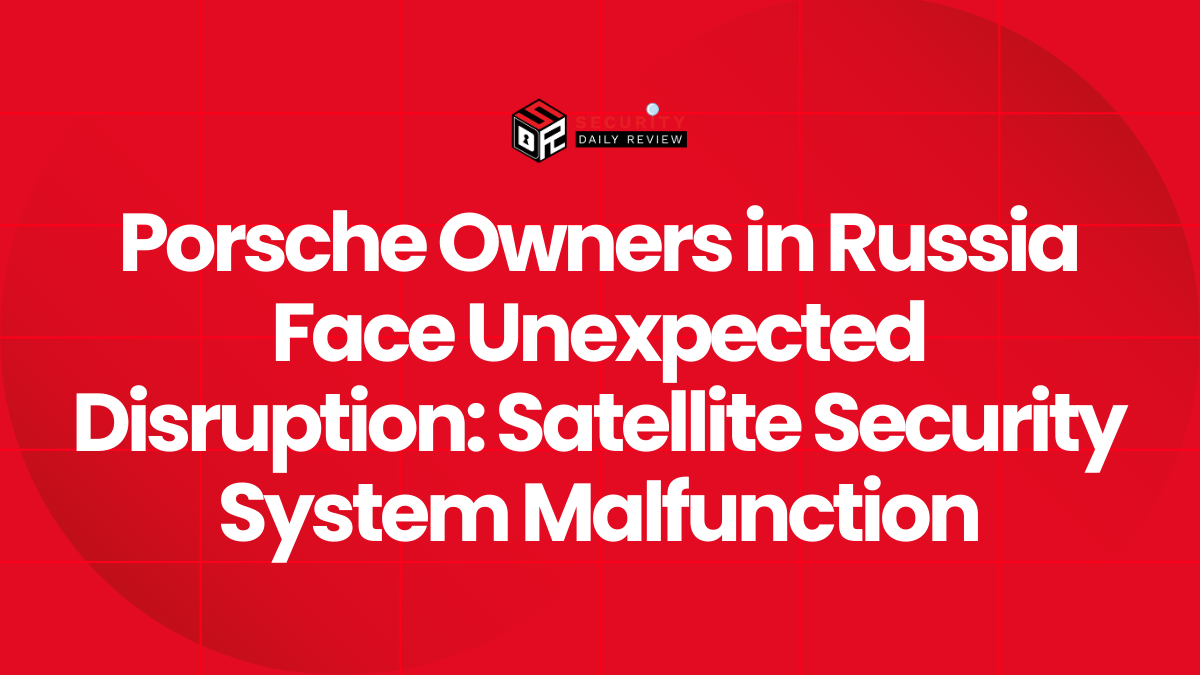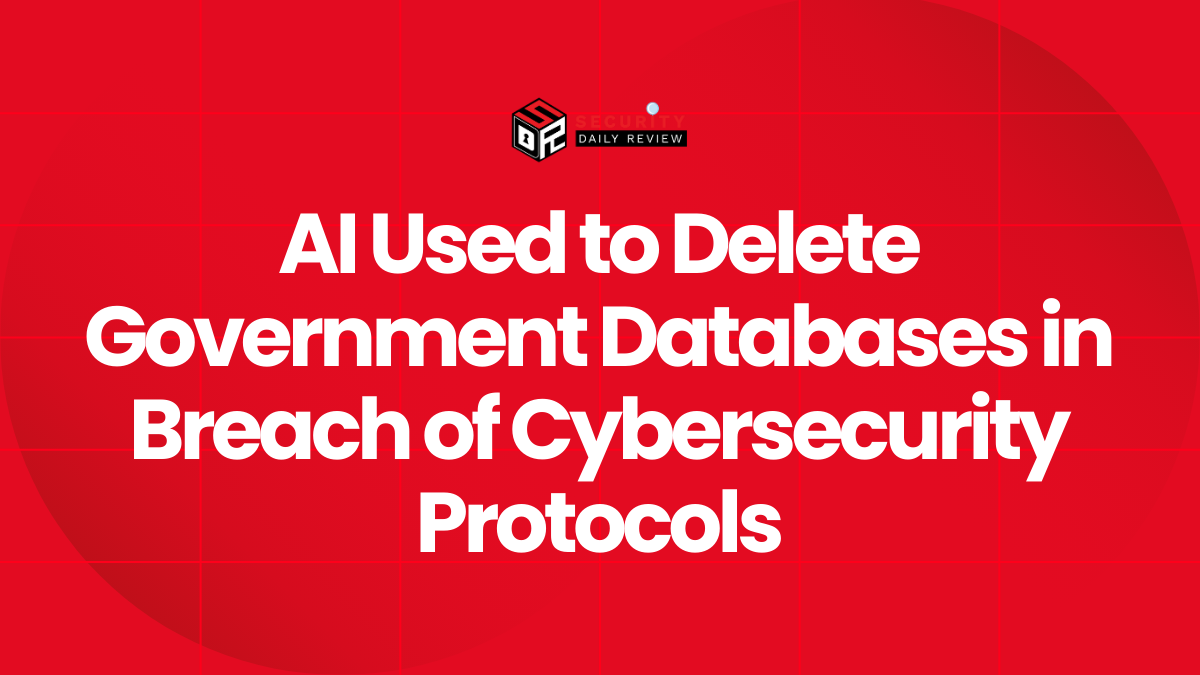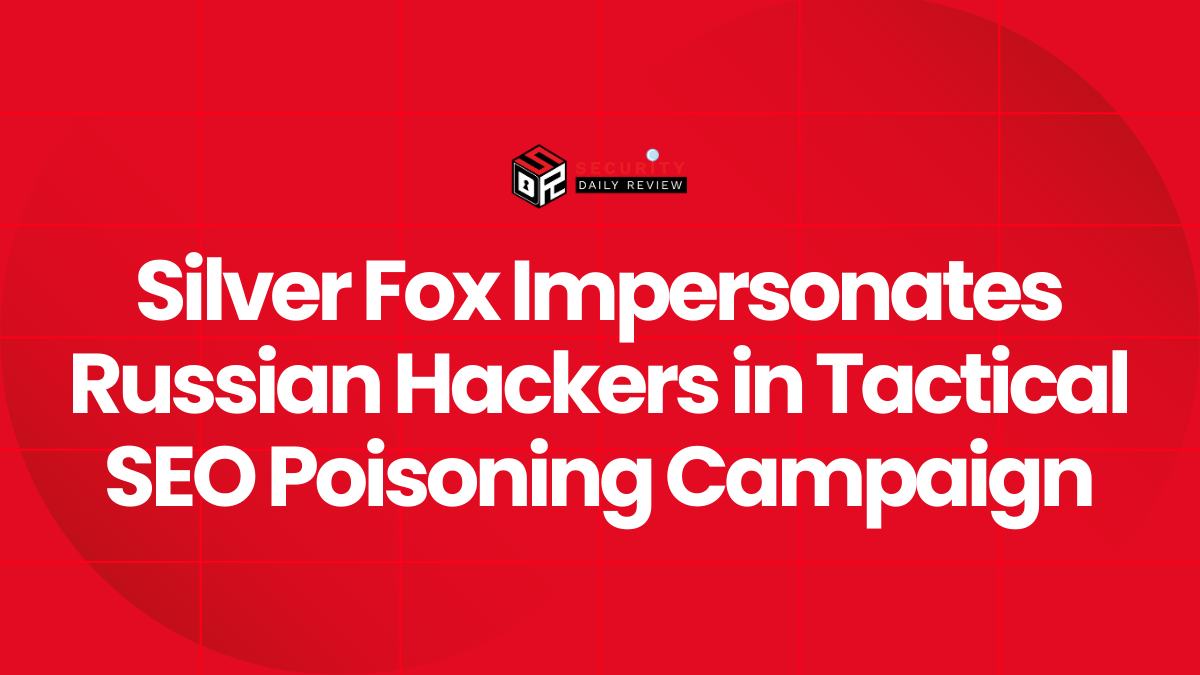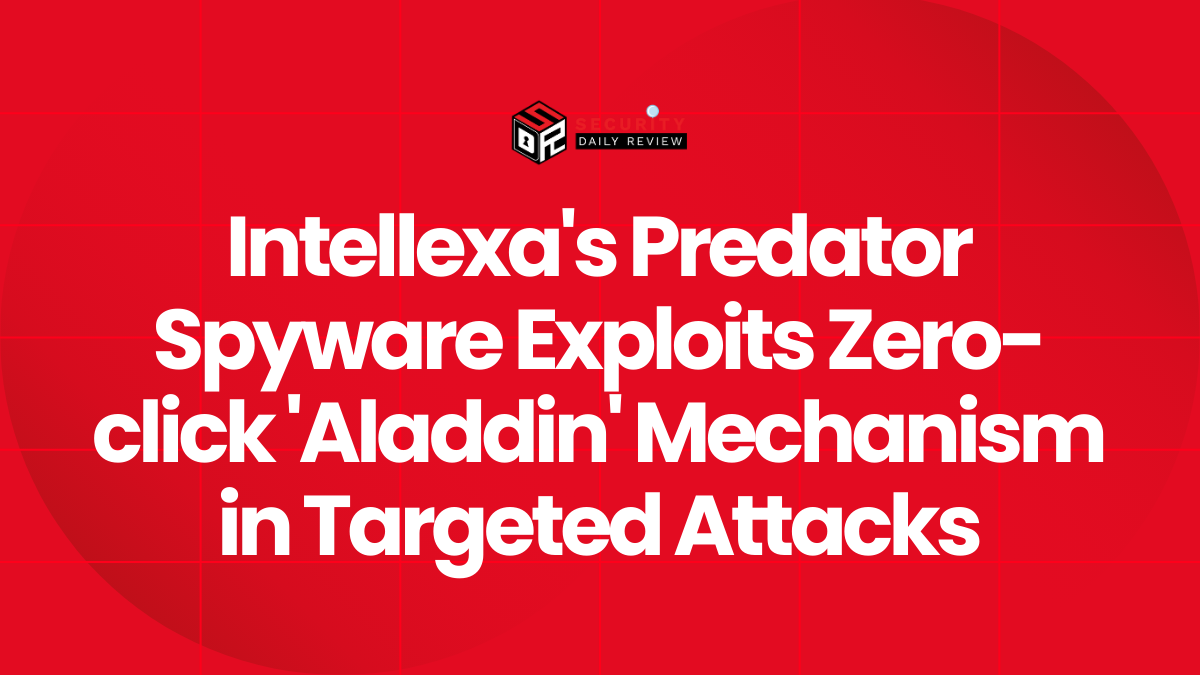A critical vulnerability in Fortinet’s FortiSIEM product has prompted urgent patching directives from the company and cybersecurity authorities worldwide. Designated as CVE-2025-25256, the flaw carries a severity score of 9.8 on the Common Vulnerability Scoring System (CVSS), signaling the highest level of criticality. The vulnerability enables remote unauthenticated command injection, effectively allowing attackers to execute arbitrary code on targeted systems without prior authentication.
Adding to the urgency, functional exploit code for this flaw is already circulating in the wild, significantly heightening the risk of active exploitation. Fortinet and national cybersecurity agencies are advocating for immediate remediation, emphasizing that partial mitigations are insufficient given the nature of the flaw.
CVE-2025-25256 Allows Pre-Authentication Remote Code Execution via FortiSIEM CLI
Fortinet revealed that CVE-2025-25256 specifically affects FortiSIEM’s command-line interface (CLI), where specially crafted requests can trigger operating system-level command injection. The issue spans across FortiSIEM versions 5.4 through 7.3, with insecure parsing logic enabling unauthenticated threat actors to bypass built-in controls.
Exploit Works Without Authentication and Leaves Little Trace
Compounding the severity of the CVE-2025-25256 vulnerability is the fact that it operates pre-authentication and produces limited forensic evidence. According to Fortinet, exploitation does not leave behind easily identifiable indicators of compromise (IoCs), significantly complicating detection efforts for security teams and increasing dwell time for attackers.
“Given the lack of distinctive forensic markers and the availability of exploit code, this vulnerability poses both an immediate and stealthy threat to unpatched FortiSIEM deployments,” notes the Security Boulevard report.
This risk profile aligns with Fortinet’s past experiences where critical issues in their product line quickly became magnets for threat actors. The presence of a proof-of-concept (PoC) exploit further substantiates the possibility of widespread scanning and eventual weaponization.
Immediate Patch or Migration Recommended for All FortiSIEM Users
In response, Fortinet has issued software updates addressing the flaw in the following versions:
- FortiSIEM 7.3.2
- FortiSIEM 7.2.6
- FortiSIEM 7.1.8
- FortiSIEM 7.0.4
- FortiSIEM 6.7.10
Administrators using unsupported or older versions are strongly encouraged to migrate to one of the corrected releases. The Cyber Security Agency of Singapore (CSA) echoes this guidance in its recent alert, warning stakeholders that delaying updates amplifies risk exposure.
For organizations unable to upgrade immediately, Fortinet recommends temporarily restricting access to the `phMonitor` component by controlling inbound traffic to port 7900. However, as all sources emphasize, this is a stopgap measure and does not eliminate the vulnerability.
Incomplete Mitigation Presents Ongoing Business Risk
While limiting access to port 7900 through firewall or network access controls can reduce the attack surface, it does not remediate the root of the vulnerability. This technical limitation places ongoing responsibility on administrators to ensure patches are deployed before an exploit targets their infrastructure. Given the nature of FortiSIEM as a centralized monitoring and event management tool, an exploited instance could expose the entire IT environment to cascading attacks.
Fortinet Ecosystem Faces Parallel Threats Beyond FortiSIEM
While CVE-2025-25256 currently commands the spotlight, other components in the Fortinet ecosystem are also reportedly experiencing abnormal activity. TechRadar highlights a wave of brute-force attacks targeting Fortinet SSL VPN and FortiManager systems, potentially linked to a zero-day vulnerability.
GreyNoise researchers observed the unusual spike in early August and drew attention to the historical correlation between such spikes and upcoming CVE disclosures. While unconfirmed, analysts are treating this pattern seriously and urging organizations to maintain stringent monitoring across all Fortinet platforms.
“This pattern often foreshadows the disclosure of new vulnerabilities. Until there is confirmation, maintain best practices including phishing awareness and system hardening,” advises TechRadar.
As the Fortinet threat landscape intensifies, vigilance must extend beyond FortiSIEM. Red teams, Security Operations Center (SOC) analysts, and CISOs should consider performing comprehensive audits and updating detection rules across their security stacks.
Key Defensive Actions Security Teams Should Take Today
To reduce exposure and safeguard critical systems, organizations need to act swiftly. The following recommendations come from consolidated guidance across Fortinet, CSA Singapore, and security researchers:
- Patch Immediately : Upgrade to one of the patched FortiSIEM versions to neutralize CVE-2025-25256.
- Restrict Port 7900 (Temporarily) : As a short-term option, limit access to `phMonitor` via port 7900 using firewall rules. Remember this does not fully mitigate the vulnerability.
- Monitor for Suspicious CLI Activity : Even though clear IoCs are limited, monitor FortiSIEM logs and adjacent network activity for anomalies.
- Migrate Off Unsupported Versions : FortiSIEM releases outside the patch window (e.g., older than 6.7) remain unprotected and must be upgraded or decommissioned.
- Harden Adjacent Systems : In light of broader Fortinet-targeted attacks, verify that FortiManager and VPN interfaces are not exposed unnecessarily and are properly patched.
Fortinet Vulnerability Demands Coordinated Security Response
With CVE-2025-25256 now confirmed as actively exploited and fortified with operational exploit code, Fortinet users face a clear and present danger. Pre-authentication command injection vulnerabilities—especially those affecting security tools like FortiSIEM—offer adversaries a high-impact attack vector that demands prioritized action.
Given limited detection opportunities and growing attention from threat actors, organizations must not delay in applying published patches or migrating to supported versions. Failure to act immediately risks compromise of security monitoring infrastructure itself, which could obscure attacks on other systems and magnify overall business risk.









